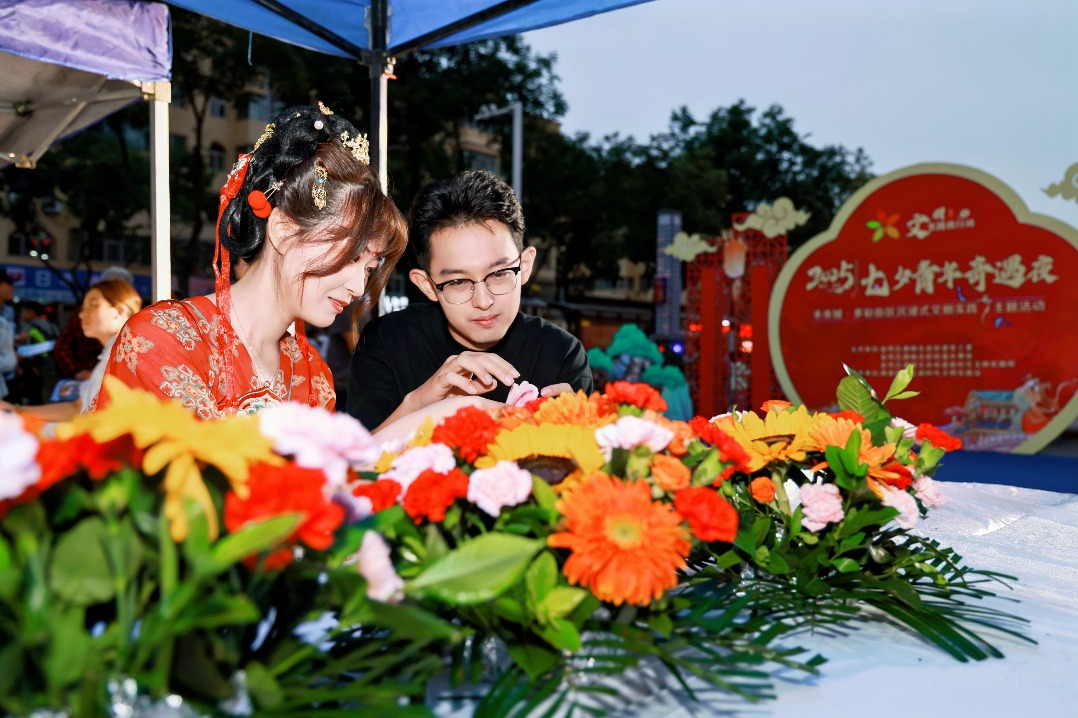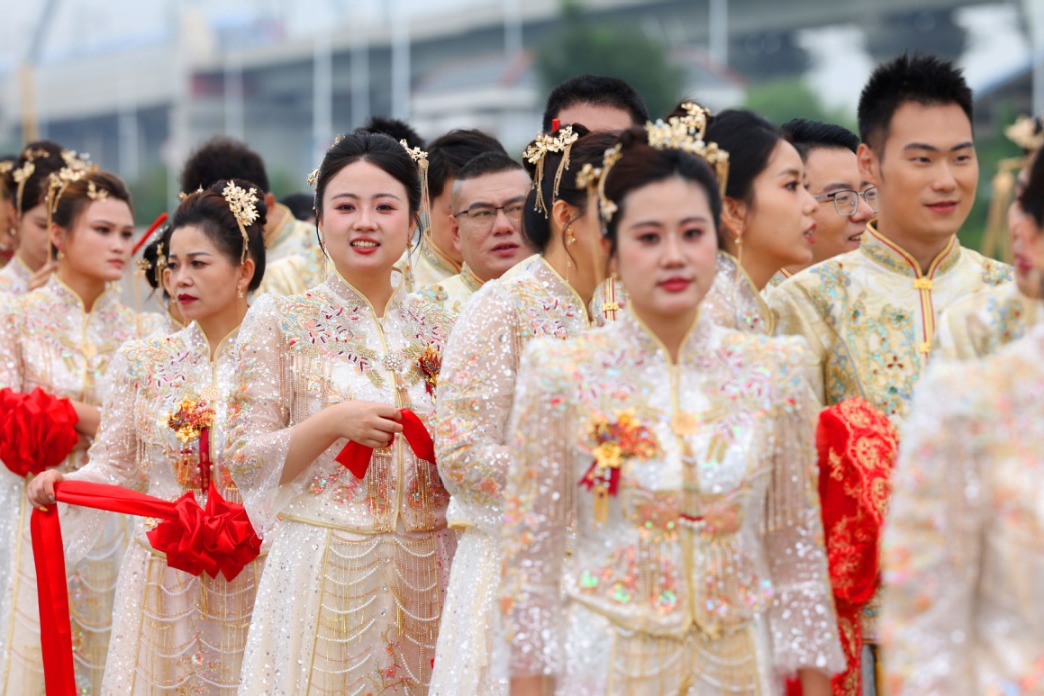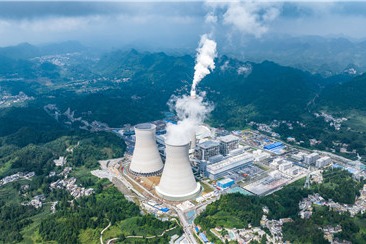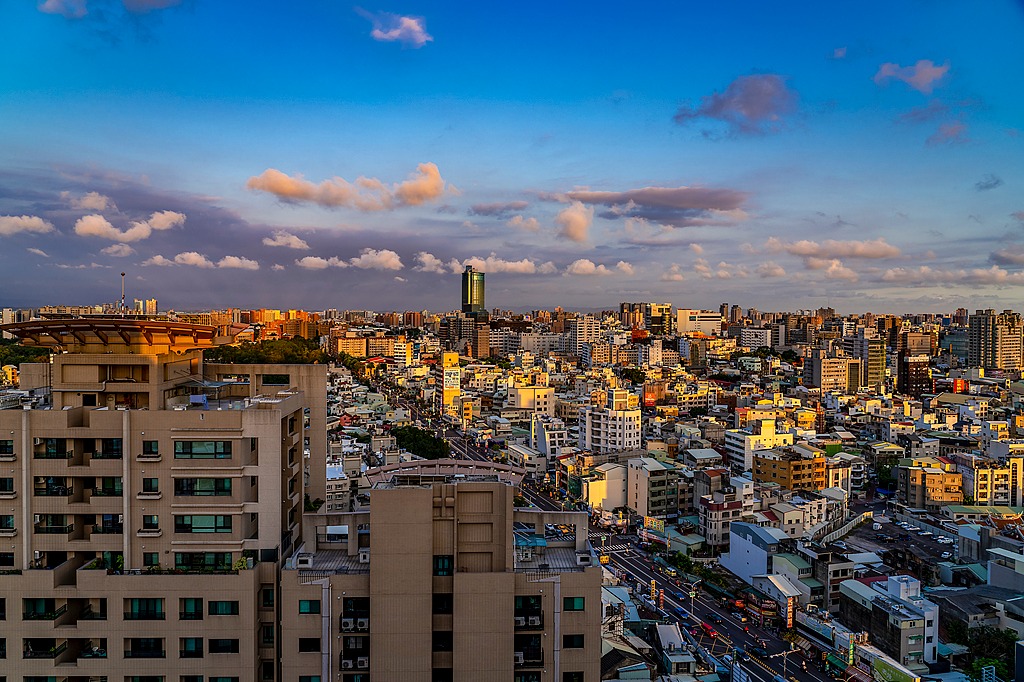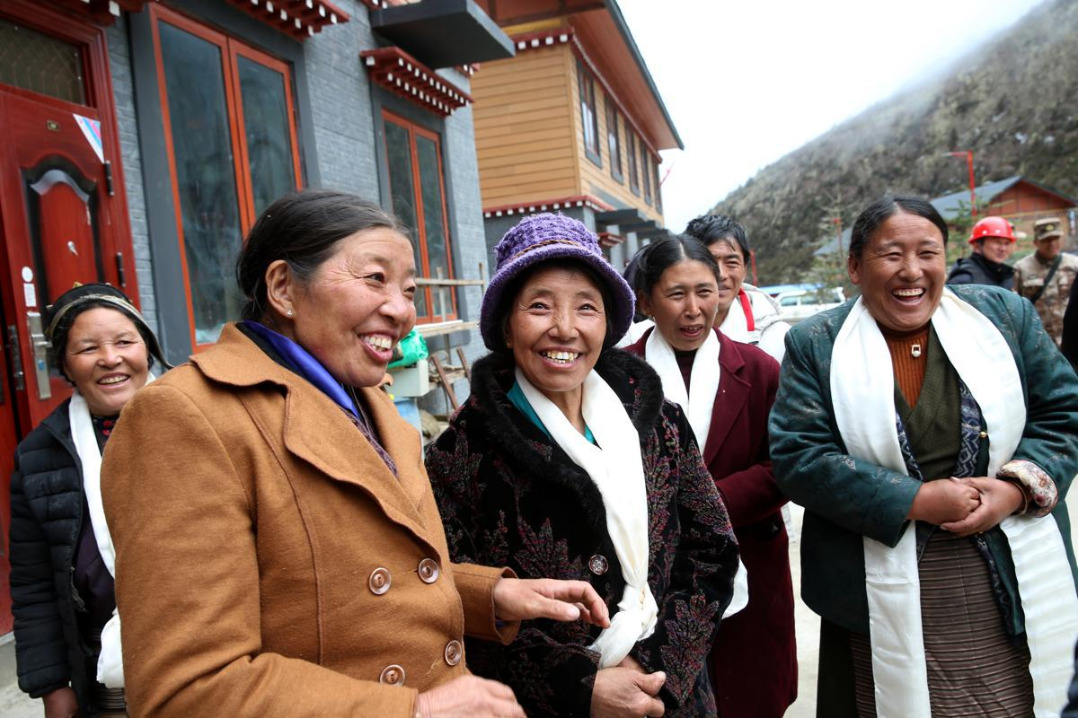Capital's PM2.5 levels continue to fall


Beijing's annual average concentration of major airborne fine particulate matter, or PM2.5, declined to 30 micrograms per cubic meter in 2022, the best air quality for the city since 2013, the municipal authority announced on Wednesday.
The number was 33 micrograms per cubic meter in 2021, falling by 63.1 percent compared with the level in 2013. In 2020, it was 38 micrograms per cu meter.
As the capital has made great efforts in fighting air pollution in the past decade, people have seen clearer skies in recent years, according to city officials.
Liu Baoxian, head of the Beijing Environmental Monitoring Center, said at a recent news conference that Beijing saw 286 days with good air quality in 2022 — the same number as in 2021.
The number of days with severe pollution in 2022 dropped to only three, which was five days fewer than in the previous year.
"The city's blue skies during the 2022 Beijing Winter Olympics impressed a lot of people," he said.
"During the period, the average concentration of PM2.5 in Beijing was 23 micrograms per cubic meter."
Beijing's air quality has attracted huge attention over the years. The government has taken strict and effective measures to combat air pollution, Liu said.
The capital is China's first megacity taking a different approach to sustainable development, having managed to pursue balanced growth matching its environmental and resource capacity over the years.
Yu Jianhua, spokesman for the city's ecology and environment bureau, said that Beijing has demonstrated to the world over the past 20 years that a megacity with a rapidly increasing GDP, vehicles, population and energy consumption can cut air pollution effectively.
"The PM2.5 reduction over the past few years has surpassed that of developed countries during the same period," he added.
Li Xiang, director of the air environment unit of the bureau, said to cut carbon emissions, Beijing has been encouraging residents to use new energy vehicles in the past few years, providing drivers of such cars with many preferential policies.
"By 2022, the city's new energy vehicle count reached 580,000.The total number of new energy cars and gasoline vehicles with higher standards of carbon emissions account for more than 70 percent of the overall number in the city," he said.
"Meanwhile, buses, taxis and other vehicles used in industries such as sanitation, logistics and postal services are encouraged to be new energy vehicles. At present, around half of those vehicles are new energy cars."
At the same time, 1.3 million families have changed their energy consumption from coal to clean energy like natural gas in the past 10 years. The city's coal consumption declined from 21.8 million metric tons in 2012 to 1.31 million tons in 2021, a drop of more than 98.5 percent.
"Polluting enterprises have been eliminated, optimizing the city's economic and industrial structure," he said.
dujuan@chinadaily.com.cn
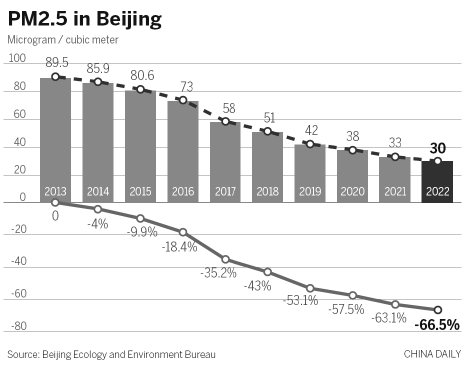
- What they say
- Digital tech helps link countries, boost trade
- SCO Summit to chart development blueprint
- China's 2025 summer box office surpasses 2024 as domestic films take the lead
- China targets online abuse of military veterans ahead of V-Day
- Qingdao-based area emerges as rising hub for regional growth
















